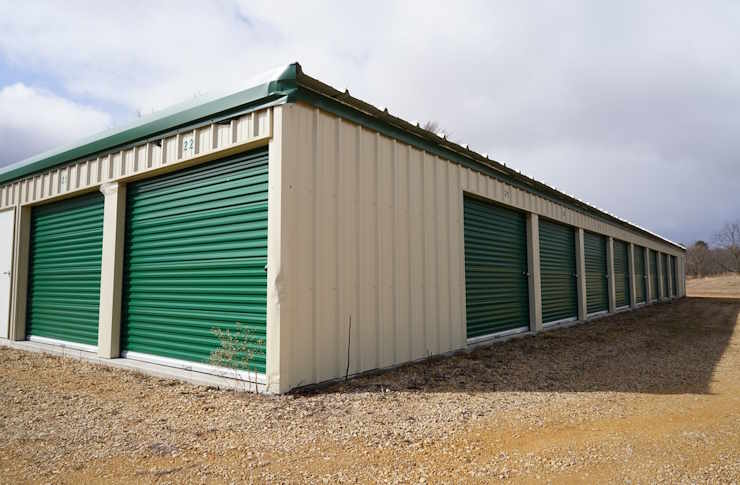Metalwork: Uses for Metal Buildings, Workshops, and Garages
Metalwork plays a practical role in constructing durable structures and functional spaces. From prefabricated metal building frames to custom-fabricated fittings, metalwork combines strength, flexibility, and longevity. Whether you’re considering a small backyard shed or a full workshop or garage, understanding how metal behaves, how structures are assembled, and what to plan for helps make projects more predictable and useful.

Metal building
Metal buildings refer to structures that use steel or aluminum frames and cladding for walls and roofs. They are commonly used for commercial, agricultural, and residential purposes because they can be prefabricated, transported, and assembled on site. Key metalwork considerations include corrosion protection (galvanizing or paint finishes), appropriate connection methods (welds, bolts, or rivets), and thermal breaks to reduce condensation and heat transfer. Design choices—such as load-bearing vs. framed systems—affect cost and construction time.
When planning a metal building, review local building codes and site soil conditions. A concrete slab or pier foundation is typical; anchor systems are critical to resist uplift and lateral loads. Working with experienced fabricators or local services ensures structural details meet regional wind, snow, and seismic requirements.
Backyard
Backyard metalwork projects range from small storage sheds to larger accessory structures. Metal is attractive for backyard use because it resists pests, can be low-maintenance, and often installs faster than traditional wood framing. Considerations specific to a backyard include visual appearance (paint color and trim), ventilation for humidity control, and insulation for occupant comfort if used as a hobby space.
Smaller backyard metal structures can be modular or kit-based, enabling homeowners to manage installation themselves or hire local services. Pay attention to setback requirements, property easements, and drainage so the building does not divert water toward foundations or neighboring properties.
Storage
Using metalwork for storage solutions emphasizes durability and security. Metal storage buildings and internal shelving systems can be engineered to hold heavy loads, resist fire to a degree, and provide secure locking options. For inventory, seasonal equipment, or tools, metal storage units often include customizable features such as partitioning, mezzanines, and ventilation louvres to control moisture.
Climate control is an important storage consideration. Metal walls and roofs can amplify temperature swings and condensation, so insulation and vapor barriers are common additions. For items sensitive to humidity or temperature, include passive ventilation, dehumidifiers, or simple HVAC systems to maintain stable internal conditions.
Workshop
A metal workshop benefits from open-span framing, strong anchor points, and easy integration of work-specific fixtures. Metalwork allows for clear interior space without many load-bearing walls, making it suitable for tool benches, vehicle lifts, and overhead hoists. Electrical planning, lighting placement, and grounding are critical—metal structures conduct electricity, so proper conduit and bonding is necessary for safety.
Workshops may require specialized metalwork such as fabricated tables, benches with welded supports, or bespoke exhaust systems for welding and painting. Partnering with local services that understand workshop workflows helps ensure designs include adequate power capacity, fire suppression considerations, and storage for hazardous materials in compliance with regulations.
Garage
Garages constructed with metalwork serve vehicle storage, small service bays, or multi-use spaces. Garage-specific metal design touches include roll-up or sectional doors with insulated panels, reinforced flooring to handle vehicle loads, and overhead structure capable of supporting storage crates or hoists. Metal garages are often chosen for speed of construction and long-term weather resistance.
Flooring and durability enhancements matter in garages: concrete slab finishing, chemical-resistant coatings, and wheel stops can extend service life. Consider integrating ventilation for exhaust fume removal and proper drainage to prevent moisture buildup. For larger vehicles like RVs, check clearances, door widths, and site access before finalizing dimensions.
Conclusion
Metalwork offers versatile options for buildings and accessories where strength, longevity, and flexibility are priorities. Whether used for a backyard shed, secure storage, a functional workshop, or a garage, thoughtful planning around foundation, insulation, ventilation, and local code compliance will result in a safer, more durable outcome. Proper coordination with fabricators and local services helps translate design intent into a reliable metal structure.






